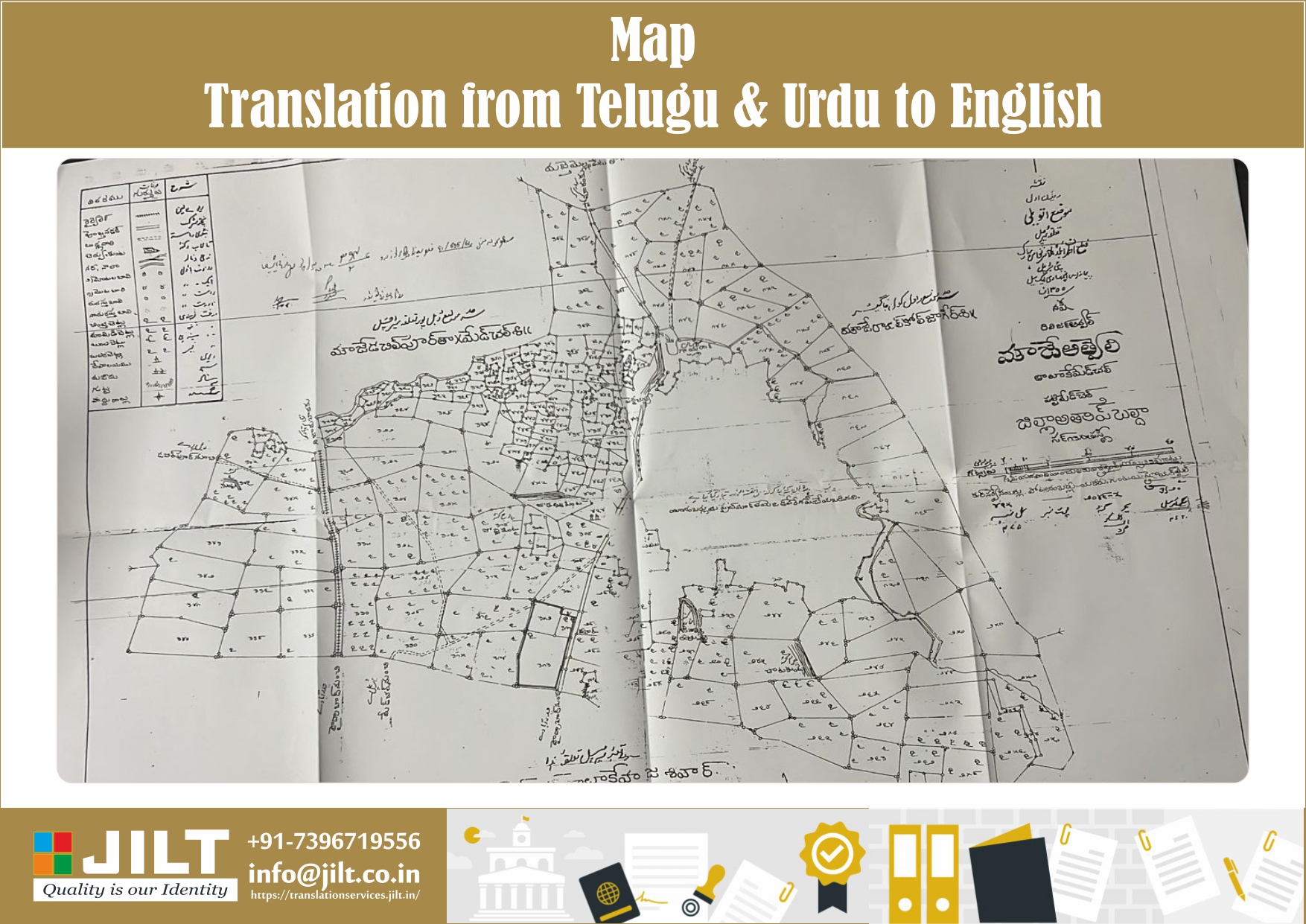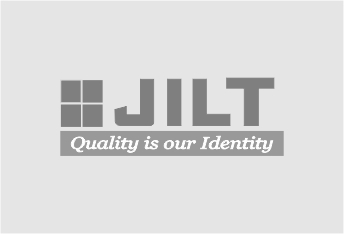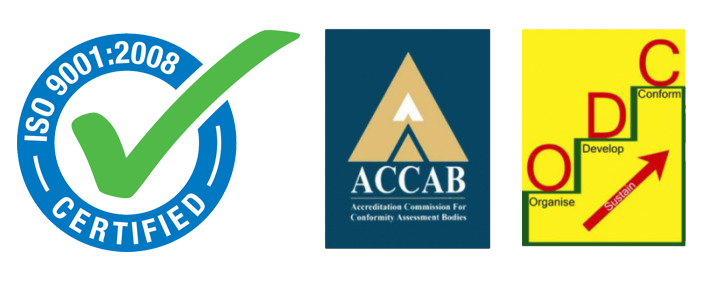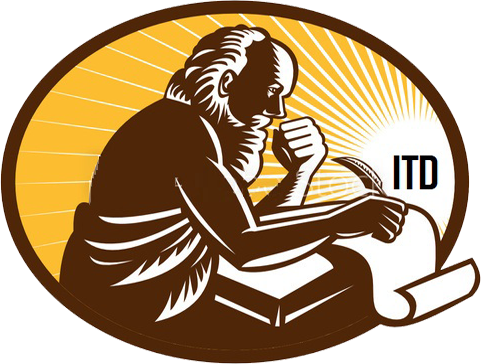
THE CONSEQUENCES OF TRANSLATED APPROVED LAYOUT MAPS IN LOCAL LANGUAGES IN INDIA.
by Dr. Abu Mazhar Khalid Siddique - August 16, 2023
In a diverse country like India, where numerous languages and cultures intermingle, effective communication becomes essential to bridge gaps and promote understanding. One crucial aspect of communication is the translation of information, particularly when it comes to essential documents like approving layout maps. These maps play a pivotal role in urban planning, land allocation, and development projects. However, their true potential is unlocked when they are translated into various Indian local languages. In this blog post, we will delve into the importance and diverse applications of translated approved layout maps in local languages in the Indian context.
The Significance of Translated Approved Layout Maps:
Inclusive Communication: India is a nation rich in languages and dialects. By translating approved layout maps into local languages, governments, and developers can ensure that every citizen, regardless of linguistic background, can comprehend vital information about land usage, infrastructure development, and zoning regulations. This inclusivity promotes civic participation and empowers citizens to engage in urban planning discussions.
Enhanced Transparency: Transparent governance is essential for public trust. Translated layout maps provide an avenue for residents to understand the development plans in their neighborhoods, fostering an atmosphere of transparency. When citizens can easily access information, they are more likely to support projects that align with their needs and aspirations.
Empowerment of Local Communities: When translated layout maps are made available, local communities gain a more profound understanding of proposed developments. This knowledge empowers them to voice concerns, offer suggestions, and actively participate in decision-making processes. In turn, this leads to more holistic and well-rounded development initiatives that account for the needs of the community.
Applications of Translated Approved Layout Maps in Indian Local Languages:
Public Awareness and Participation: Translated layout maps allow citizens to comprehend recommended construction plans and infrastructure projects within their neighborhoods. Residents can provide input and feedback based on their understanding of the translated maps, leading to more informed discussions during public meetings and consultations.
Education and Literacy: Translated maps serve as educational tools, especially in regions with low literacy rates. They enable residents to visually grasp development plans and understand the implications for their daily lives. These maps can also be integrated into educational curricula to foster civic engagement from a young age.
Government Initiatives and Policies: Government agencies can use to translate layout maps to communicate their initiatives effectively. Whether it's urban renewal projects, environmental conservation efforts, or disaster management plans, clear and accessible information in local languages helps to ensure that citizens are well-informed and can collaborate with government bodies.
Business and Economic Development: Translated layout maps are essential for entrepreneurs and businesses looking to invest in specific areas. With localized information about zoning regulations, available infrastructure, and land allocation, potential investors can make informed decisions, thereby fostering economic growth in the region.
Environmental Conservation: In ecologically sensitive areas, translated layout maps can be used to inform communities about conservation efforts and regulations. When residents comprehend the significance of protecting natural resources, they are more likely to cooperate in preserving their environment.
Tourism and Cultural Preservation: Many Indian cities have a rich cultural heritage that attracts tourists. Translated layout maps can highlight heritage sites and culturally significant areas, encouraging responsible tourism and aiding in the preservation of local traditions.
Challenges and Considerations: While the advantages of translated approved layout maps are undeniable, challenges such as accurate translation, maintaining consistency across languages, and ensuring that maps remain updated need to be addressed. Additionally, efforts should be made to ensure that the translation does not lead to misinterpretation or loss of critical information.
Conclusion:
In a country as diverse as India, effective communication is the cornerstone of progress. Translated approved layout maps in Indian local languages are not just documents but tools that bridge gaps, facilitate understanding, and empower communities. These maps catalyze transparency, encourage public participation, and contribute to more well-rounded and informed development projects. As technology advances and linguistic barriers are overcome, the potential impact of these translated maps on India's growth story is immeasurable. By embracing linguistic diversity, governments, developers, and citizens can collectively shape a more inclusive, informed, and prosperous future.
Our company has a team of translators who can quickly and accurately translate and have the translation attested, if needed, for all languages. We translate into English, Urdu, Arabic, Spanish, German, Persian, French, Japanese, Italian, Korean, Russian, and all other Indians and local languages. Our professional proofreaders will check out the translation. We also offer a courier service to send finished documents to our customer’s addresses.
- Also Read :- Visa Document Translations (JILT )
- Also Read :- INCREASE YOUR TYPING SPEED MARK WITH THESE EFFECTIVE GUIDELINES
- Also Read :- Landing Certificate Translation Services
- Also Read :- LEGAL DOCUMENT TRANSLATIONS AND THEIR IMPORTANCE
- Also Read :- Marriage Certificate Translation Service
- Also Read :- Penal clearance certificate translations (JILT - Certified Translation Services)
- Also Read :- WHAT IS A CERTIFIED TRANSLATION OF DOCUMENTS?
- Also Read :- Passport Translation Services
- Also Read :- A ROADMAP FOR CHOOSING THE BEST TRANSLATION MANAGEMENT SYSTEM
- Also Read :- Power of attorney translation (JILT - Certified Translation Services)
Search
Categories
Archives by Month
Popular Blog
QUICK TRANSLATION QUOTE
Need help with a translation?
Get in touch with us
Whether you have a specific project you want to discuss, need a translation quote or simply want to discuss your requirements, do not hesitate to get in touch with us.











Social Networks